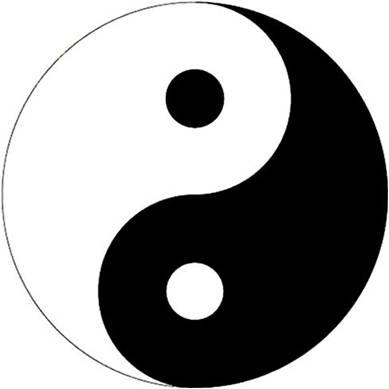As Cold War propaganda in the West would have it, communist states were to be despised because they were atheist and Godless. The reality, however, was quite different. In the Soviet Union, the Russian Orthodox Church never went away and popular belief was often at odds with official state doctrine. It is doubtful that the 70% of Russians who identify themselves as Russian Orthodox got their religion only after the Soviet Union collapsed. A lingering effect of this propaganda is that “communist” Chinese must also be irreligious. Although accurate statistics are hard to come by, the rich history of religion in China makes this quite unlikely.
This history is long, complicated, and fascinating. There are written records going back to the Shang Dynasty which began in 1766 BC. For Westerners accustomed to thinking that 2,000 years of Christian history is ancient and Americans who think that 1776 AD was a long time ago, the time depth of Chinese civilization and religion must be awe inspiring.
In a recent post, I touched on one of the more notable aspects of Chinese religiosity: ancestor worship. While this is a prominent aspect of Chinese religions (acknowledged in the Confucian, Taoist, and Buddhist traditions) another major theme is cosmological, involving what the Chinese call “Heaven.” There is a force or potency in the cosmos that gives rise to all things and which governs everything on earth. This potency is cyclic, and under ideal circumstances there is a balance or equilibrium that results in fertility and stability.

As Howard Smith observes in “Divine Kingship in Ancient China,” Chinese cosmological monism stands in sharp contrast to Western cosmological dualism:
The universe as a whole was referred to as “heaven and earth.” Man must assist, by means of religious ceremonies, the yang forces to overcome the yin forces in the spring and early summer, but he must help the yin to rise to ascendancy in autumn and winter.
These two forces, which permeated all natural phenomena, and by their constant interaction caused all things to subsist, arose out of a primaeval cosmic unity. Neither of these two forces were conceived of in China in personalized terms, as in Mesopotamia, and there did not develop in China the concept of a cosmic struggle between the powers of light and darkness, resulting in the final triumph of the forces of light.
Whatever dualism existed in Chinese thought was a dualism of complementary forces which worked to produce cosmic harmony, and not a dualism of antagonistic forces bent on each other’s destruction.
Although some scholars of ancient Chinese religion cite ancestor worship as being older than cosmological monism, I suspect the reverse is true. This way of conceptualizing the workings of the cosmos is quite characteristic of hunter-gatherers and shamanic naturalism. In the North American Trickster tradition, this idea is especially prominent. The culture-hero or trickster, who is often considered to be a creator, embodies both good and bad; the two are inextricably intertwined and one cannot exist without the other.
As far as cosmologies go, dialectical monism strikes me as being more sophisticated — and consonant with evolutionary biology — than the reductive dualism which divides all things into binaries and assigns values to each. This kind of normative or Manichean dualism is of course most prominent in the monotheistic traditions.
Reference:
Smith, D. (1957). Divine Kingship in Ancient China Numen, 4 (3) DOI: 10.2307/3269343



